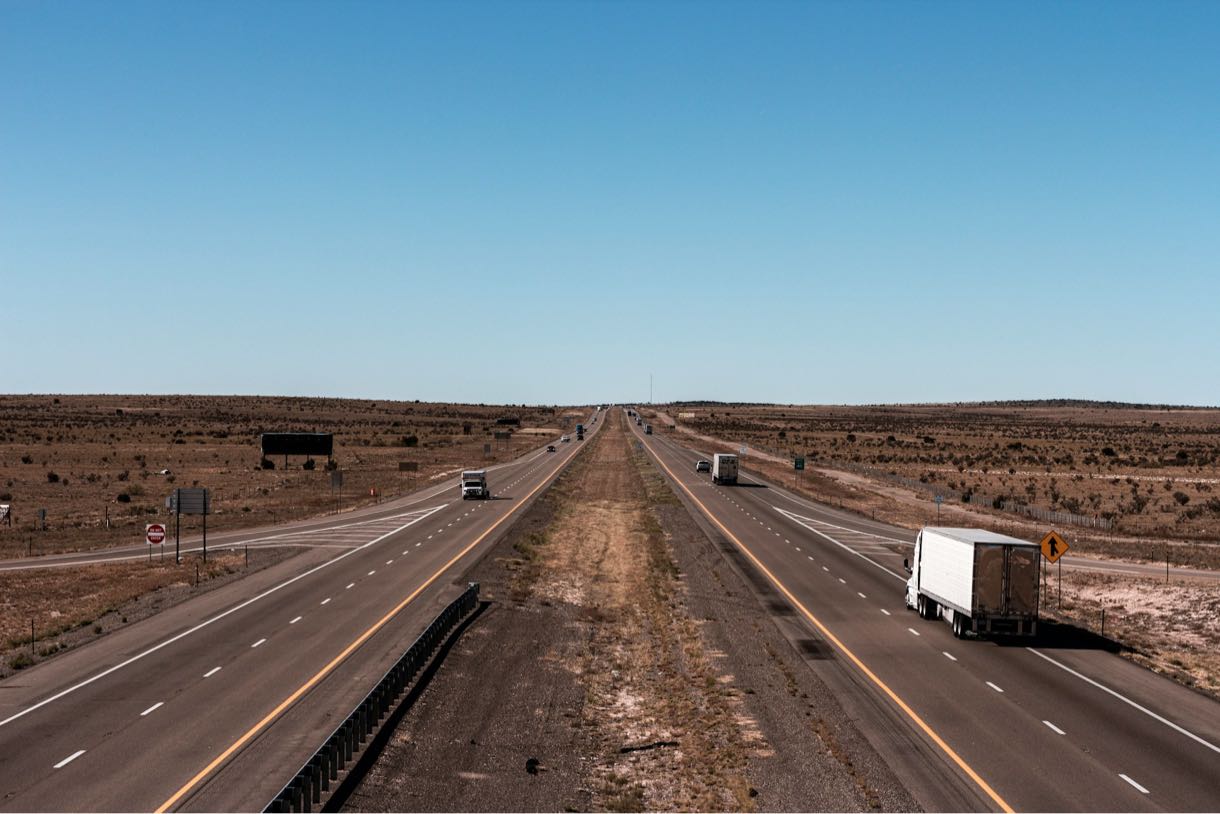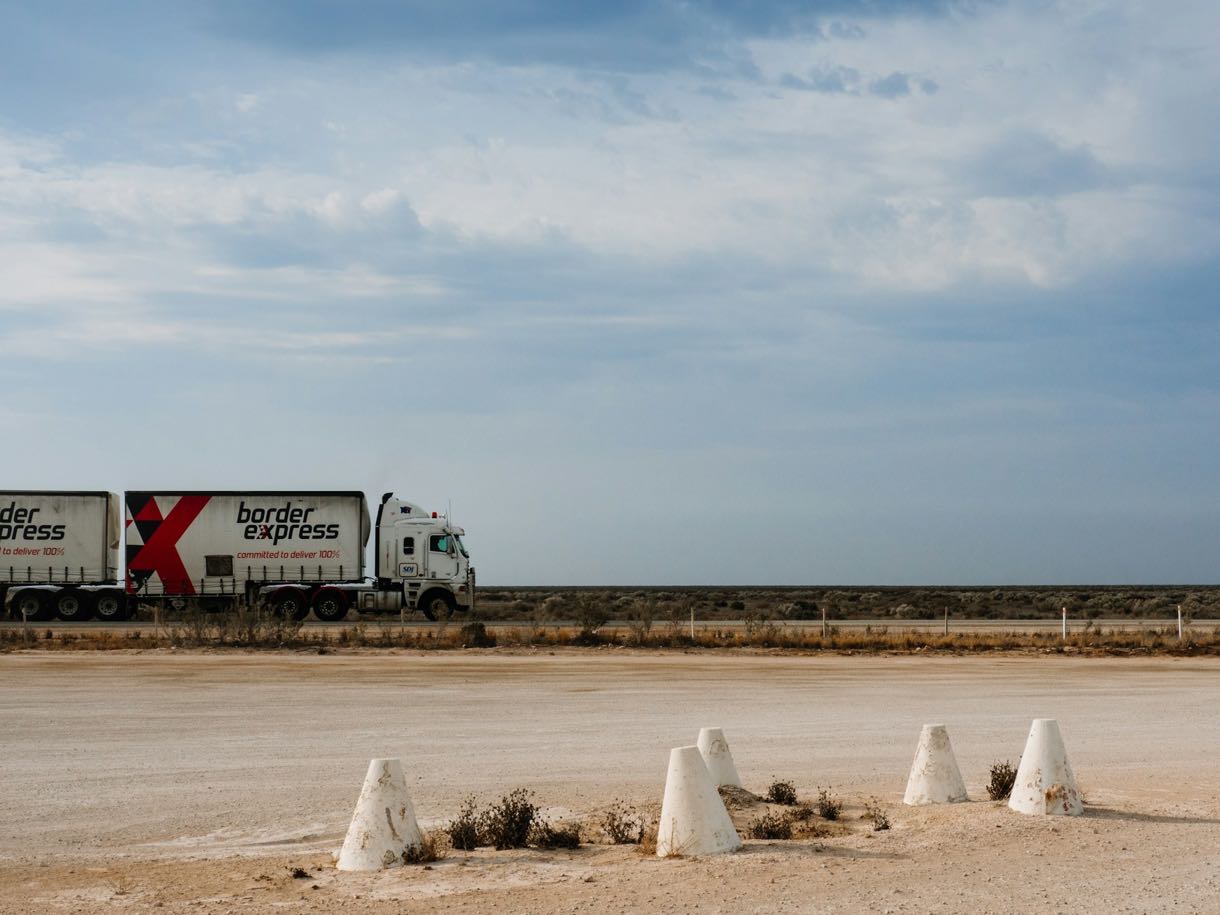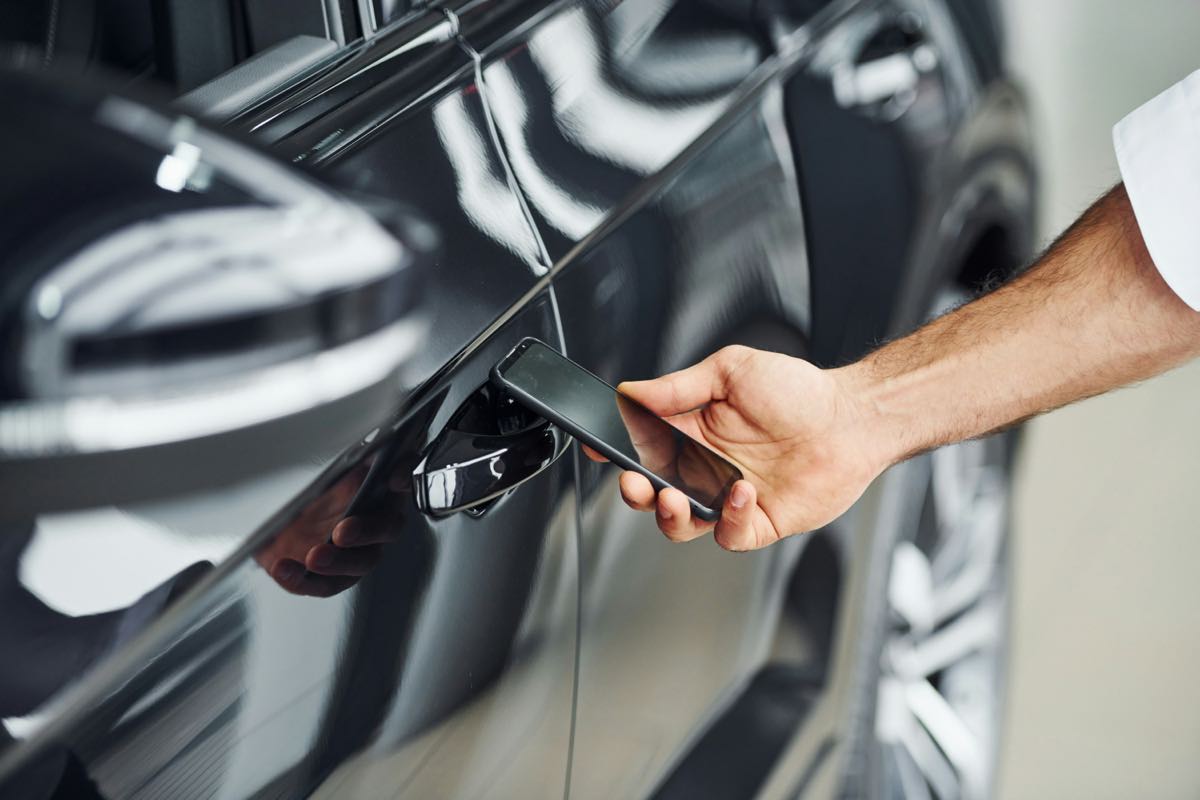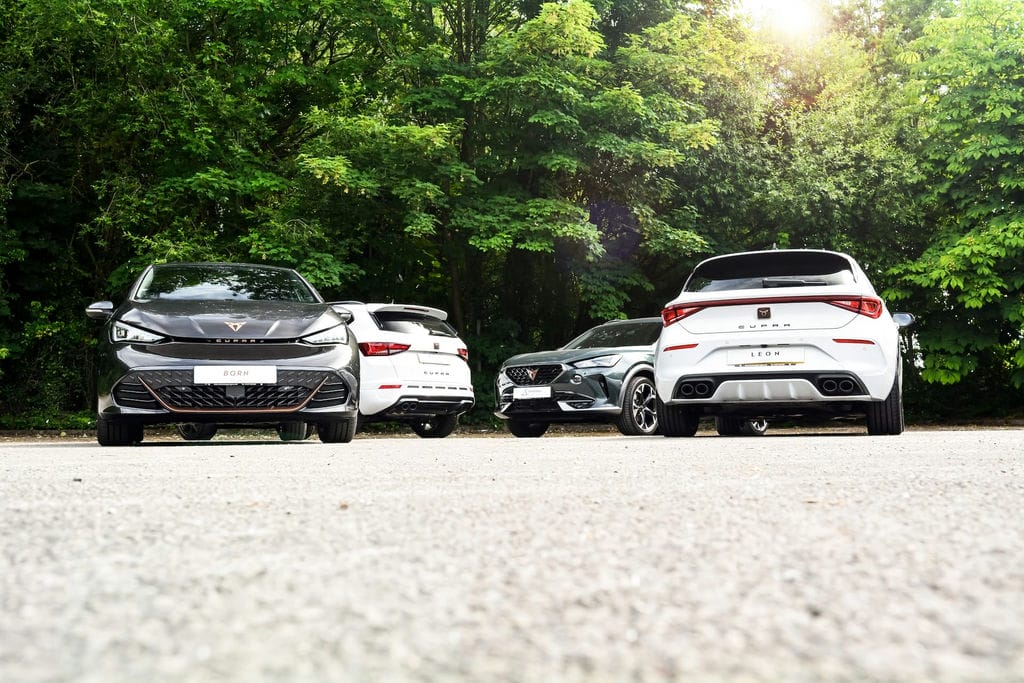New York City has been struggling for a long time to find a solution to the problems that arise from managing heavy traffic on its aging infrastructure. The Brooklyn-Queens Expressway (BQE), which is an essential artery in the city’s transportation network, has been particularly burdened by heavy trucks that exceed weight limits, which has accelerated the rate at which the roadway is worn down. In order to address this problem, New York City has implemented cutting-edge technology. The year 2017 marked the beginning of the first automated weigh-in-motion (WIM) system in the country, which was developed with the express purpose of safeguarding the BQE from vehicles that were classified as overweight. The success of this program offers a compelling case study that demonstrates how technology can improve the management of urban traffic and the longevity of infrastructure.

Understanding WIM Technology Weigh-in-Motion systems make use of sophisticated sensors that are embedded in the roadway in order to determine the weight of vehicles as they travel over them through the roadway at typical traffic speeds. Because of this, there is no need for vehicles to stop in order to maintain a continuous flow of traffic, which is an essential feature in a bustling metropolitan area such as New York City. A comprehensive understanding of traffic patterns can be achieved through the utilization of these sensors, which not only detect weight but also capture other data points such as the speed of the vehicle, the type of vehicle, and the number of axles.
NYC’s Implementation on the BQE WIM technology has been utilized with remarkable success on the Brooklyn Queens Expressway (BQE), more specifically along the section of the expressway that is headed in the direction of Queens in the downtown area of Brooklyn. The system is installed along a section of Interstate 278 that is referred to as BQE Central. Its purpose is to monitor vehicles and ensure that they comply with state laws that are designed to provide protection for the longevity of roads and bridges. The implementation of the technology in this location is strategic, taking into consideration the deteriorating condition of the roadway and the high volume of commercial traffic.
Effectiveness of the Technology A lot can be said about the results. It has been reported by the Department of Transportation of New York City that the implementation of WIM technology has resulted in a significant decrease of 64% in the number of overweight vehicles that are able to travel on the triple cantilever of the Brooklyn Queensway. Not only does this reduction help in reducing the strain that is placed on the structure, but it also significantly extends the lifespan of the structure.

Statistical Overview Prior to the implementation of the WIM system, the triple cantilever provided by the BQE was utilized on a monthly basis by an average of 7,777 overweight trucks. As a result of the deployment of the system, this number dropped to an average of 2,769 trucks, which is a testament to the system’s ability to act as a deterrent.
Voices from the Administration Officials from the city have expressed their satisfaction with the program’s success. According to Ydanis Rodriguez, the commissioner of the Department of Transportation in New York City, “The automated enforcement program… has yielded dramatic results.” It is through endorsements of this nature that the city demonstrates its dedication to developing innovative solutions to urban problems.
Future Plans Following the realization of these results, New York City intends to extend the WIM system to other areas of the city, including the inbound lanes to Staten Island, with the expectation of achieving additional benefits across a greater number of areas within the city.

Logistical and Spatial Challenges Implementing such technology in New York City presents a number of challenges, the majority of which are spatial in nature. The dense urban environment provides a limited amount of space for conventional weigh stations, which means that in-road systems such as WIM are the only option that is economically viable.
Maintenance and Legislative Framework It is necessary to perform stringent maintenance on the system, which includes a five-calibration check every six months to guarantee precision. In addition, the successful implementation of such technology is contingent upon the existence of supportive legislation, which New York City has been working hard to achieve.
When it comes to the management of urban traffic, the implementation of WIM technology on the BQE represents a significant step forward. The New York City government not only safeguards its infrastructure by successfully reducing the number of overweight trucks, but it also establishes a model for other cities that are confronted with challenges that are comparable.

Ship A Car, Inc. is a company that specializes in providing secure and effective transportation of automobiles throughout the United States. Ship A Car, Inc. ensures the security of your vehicle and the punctual delivery of it by maintaining an unwavering commitment to providing excellent customer service and offering competitive pricing. Simply call (866) 821-4555 to speak with a knowledgeable coordinator about your requirements for automobile transportation right away.
Q: How does WIM technology affect daily traffic flow in NYC?
A: The elimination of the need for vehicles to stop at weigh stations is one of the ways that WIM systems streamline traffic flow. This eliminates congestion and delays significantly.
Q: What are the long-term benefits of WIM systems for urban infrastructure?
A: Benefits that accrue over the long term include an extended lifespan for the infrastructure, decreased costs for maintenance, and enhanced safety for those who use the roads.
Q: Could other U.S. cities benefit from implementing similar technologies?
A: In a word, yes. The implementation of WIM technologies could be of significant benefit to cities that experience heavy traffic and have infrastructure that is getting on in years. This would result in improvements in both traffic management and road safety.




